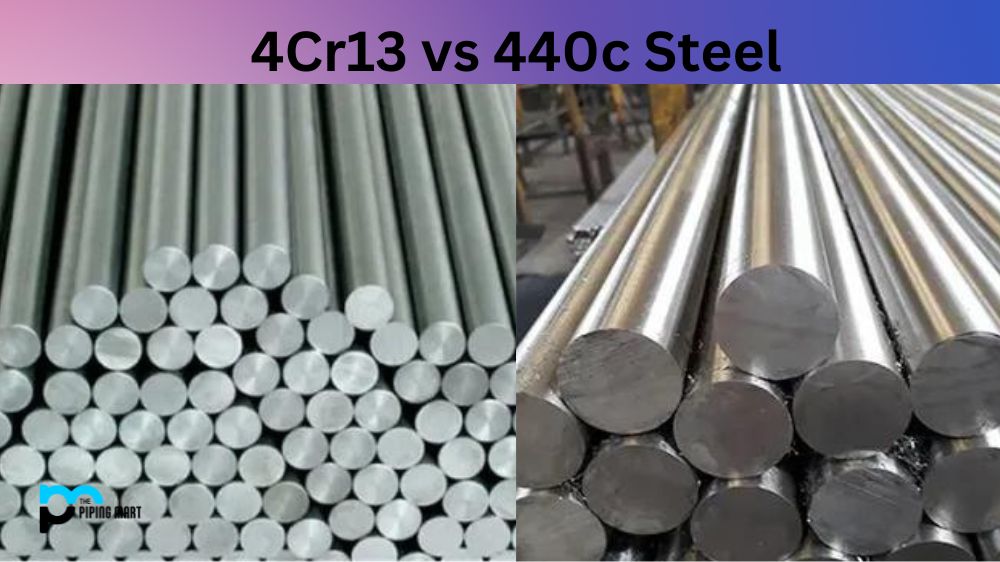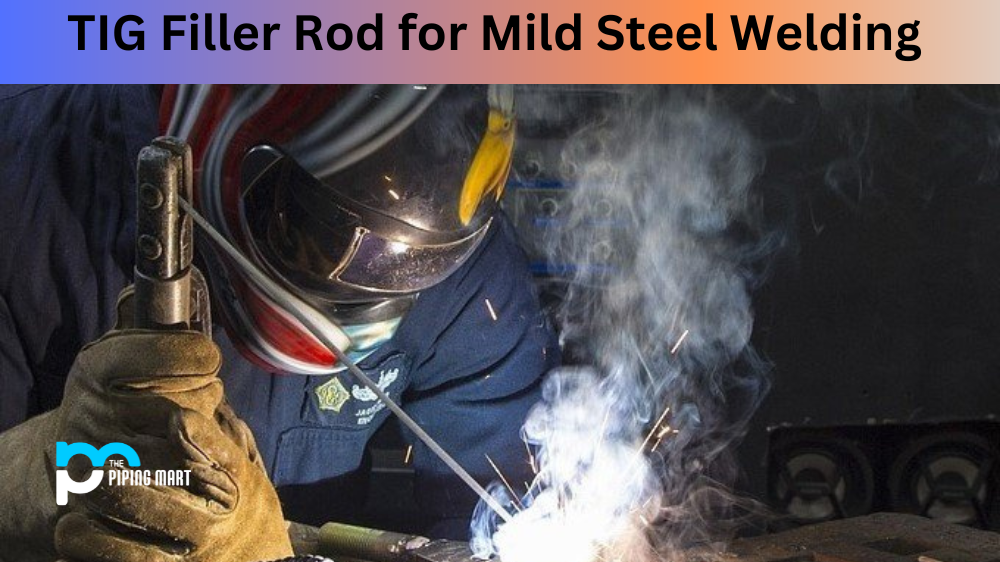When it comes to knives, the type of steel used in making them is a huge factor that affects their quality and durability. While many different types of steel are available, two of the most popular ones are 4Cr13 and 440c. These steels are affordable and widely used in many types of knives. However, knowing which one you should choose for your knife can be difficult. In this blog post, we will explore the differences between 4Cr13 and 440c steel and help you make an informed decision.
What is 4Cr13 Steel?
4Cr13 is a martensitic stainless steel with a chromium content of 13%. It has good mechanical properties and corrosion resistance, making it an ideal choice for kitchen knives and scissors. The alloy also has excellent hardenability, allowing it to be hardened much more than other alloys of the same class. With its reasonable cost and low impurities, 4Cr13 is an attractive option for many applications.
What is 440c Steel?
440c Steel is a high-carbon martensitic stainless steel that produces knives and other cutting tools. It contains around 0.95-1.2% carbon, providing superior hardness, wear, and corrosion resistance compared to lower-grade steels. It also has excellent tensile strength and good edge retention properties, making it ideal for long-lasting applications.
Difference Between 4Cr13 and 440c Steel
Composition:
4Cr13 steel is a stainless steel, which is a type of steel with a high chromium content. The carbon content of 4Cr13 steel is around 0.4%, which gives it good hardness but makes it susceptible to rust.
On the other hand, 440c steel is high-carbon stainless steel, meaning it has a higher carbon content than 4Cr13 steel. It also has a higher chromium content, which gives it better corrosion resistance.
Hardness:
Both 4Cr13 and 440c steel can be hardened to a similar level. However, 440c steel is generally considered harder and more durable than 4Cr13 steel. This means that knives made from 440c steel tend to hold their edge longer and are less likely to chip or break.
Corrosion Resistance:
As mentioned earlier, 440c steel has a higher chromium content than 4Cr13 steel, which gives it better corrosion resistance. This means knives made from 440c steel are less likely to rust when exposed to moisture and humidity than those made from 4Cr13 steel.
Price:
4Cr13 steel is usually more affordable than 440c steel, which makes it a popular choice for many budget knives. However, if you’re looking for better quality and performance, 440c steel might be worth the extra cost.
Conclusion:
In conclusion, 4Cr13 and 440c steel have pros and cons. While 4Cr13 steel is more affordable and easier to find, 440c steel offers better hardness and corrosion resistance. Ultimately, deciding which steel to use in your knife comes down to your preferences and needs. If you’re on a tight budget and are okay with occasional maintenance, 4Cr13 steel might be a good choice. On the other hand, if you want a top-quality knife that will last you for years, 440c steel might be the better option.

Pipingmart is a B2B portal that specializes in metal, industrial and piping items. Additionally, we share the latest information and information about materials, products and various types of grades to assist businesses that are involved in this business.




